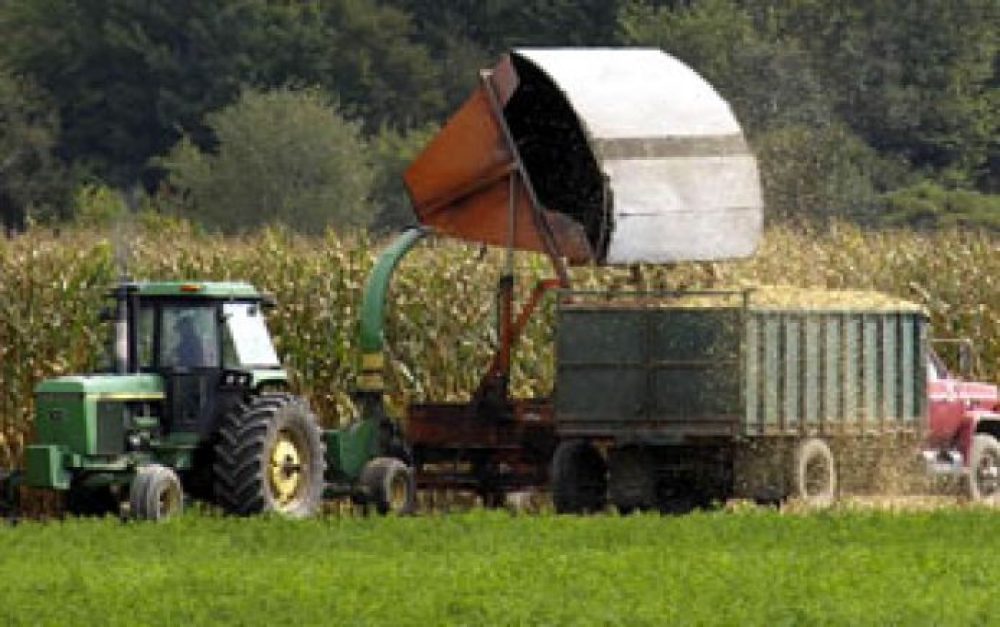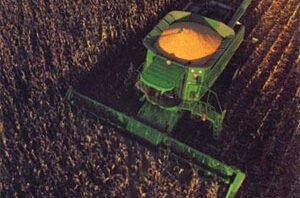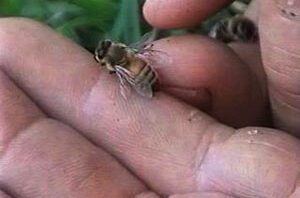There are many, many reasons that Dow's new strain of corn that's genetically engineered to withstand high doses of the herbicide 2,4-D is a terrible idea.
Since 2,4-D has been around for so long, there's plenty of evidence about how it can harm human health. Children, as usual, are most at risk, and USDA needs to know that ramping up use of 2,4-D in fields across the country is simply not acceptable.
Just as Monsanto's RoundUp-ready corn increased the use of the herbicide RoundUp (aka glyphosate) by orders of magnitude, Dow's "2,4-D-ready" corn could mean millions of additional pounds of pesticide use. 2,4-D is already one of the most widely used pesticides in the country, with an estimated 20 million pounds — give or take a million or so — applied every year.
Children are already exposed
In 2003 the U.S. Centers for Disease Control and Prevention (CDC) reported that children around the country aged 6-11 years had significantly higher levels of 2,4-D in their bodies than both adults (20–59 years) and youth (12–19 years), a pattern repeated in CDC’s 2009 update.
An increase in 2,4-D use would certainly increase that body burden.
Exposure to 2,4-D itself and to myriad “inert” ingredients contained in 2,4-D products have been linked to many health harms. The common weedkiller is listed in California as a reproductive and developmental toxicant, defined as a chemical that interferes with fetal or child development or reduces fertility. Researchers have also found a link between 2,4-D exposure and birth defects of the heart and circulatory/respiratory systems. The association is especially strong among infants conceived between April and June — the time of greatest herbicide application in many parts of the country.
Many studies also link 2,4-D with developmental neurotoxicity, findings that EPA has repeatedly failed to adequately consider in its regulation of the herbicide.
2,4-D has been linked to cancer for years
For more than two decades chlorophenoxy herbicides (including 2,4-D) have been classified as possible human carcinogens.
In recent years, more data have emerged linking 2,4-D with non-Hodgkins lymphoma and other cancers. A 2000 study in the Midwest wheat growing region, where 2,4-D use is high, showed increased mortality for cancer of the brain and leukemia in both boys and girls, as well as increased rates of many different cancers linked with increasing wheat acreage. A more recent study of California farmworkers showed an increase in gastric cancer associated with use of 2,4-D.
Take Action » We have an important and immediate opportunity to prevent increased use of a highly hazardous herbicide. Please join us (if you haven't already!) in signing our petition to USDA urging the agency not to allow 2,4-D-resistant GE corn on the market. It really is a terrible idea.








